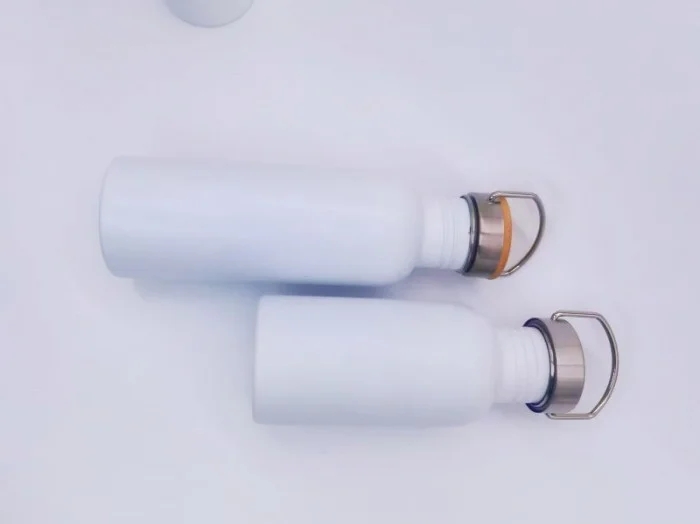In the realm of photography, lighting is often heralded as the unsung hero. This is particularly true in skin photography, where the right light can make the difference between a stunning portrait and a lackluster image. Whether you are a professional photographer, a beauty influencer, or simply someone who enjoys capturing moments, understanding the nuances of lighting is essential for achieving flawless skin pictures. In this article, we will explore the best lighting options, techniques, and tips to enhance skin tones and textures in your photographs.
Understanding the Importance of Lighting in Skin Photography
Lighting plays a critical role in how skin appears in photographs. It can accentuate or diminish imperfections, highlight natural beauty, and create mood and depth. The key factors to consider when selecting lighting for skin photography include:
- Color Temperature: The warmth or coolness of light can significantly affect skin tones. Natural daylight, which has a color temperature of around 5500K, is often considered the gold standard for skin photography. It provides a balanced representation of colors, making it ideal for capturing the true essence of skin.
- Quality of Light: The quality of light refers to its softness or harshness. Soft light, often achieved through diffusers or natural light on overcast days, minimizes shadows and creates a flattering effect on skin. Conversely, harsh light can create unflattering shadows and highlight imperfections.
- Direction of Light: The angle at which light hits the subject can dramatically alter the appearance of skin. Front lighting can flatten features, while side lighting can add dimension and texture. Experimenting with different angles can help you discover the most flattering light for your subject.
Types of Lighting for Skin Photography
- Natural Light
Natural light is often the preferred choice for skin photography due to its flattering qualities. The golden hour—shortly after sunrise or before sunset—provides a warm, soft light that enhances skin tones. When shooting outdoors, positioning your subject in the shade can also yield beautiful results, as it reduces harsh shadows while maintaining a natural look.
- Continuous Lighting
Continuous lighting setups, such as LED panels or softboxes, offer the advantage of consistent illumination. These lights allow photographers to see how the light interacts with the subject in real-time, making it easier to adjust settings and angles. Softboxes, in particular, diffuse light effectively, creating a soft, even glow that is ideal for skin photography.
- Flash and Strobe Lighting
While flash and strobe lighting can be intimidating, they can also produce stunning results when used correctly. The key is to diffuse the light to soften its impact. Using a softbox or umbrella can help create a more flattering light that enhances skin tones. Additionally, employing techniques like bouncing light off walls or ceilings can create a more natural look.
Techniques for Enhancing Skin in Photography
- Use Reflectors
Reflectors are an invaluable tool in skin photography. They bounce light back onto the subject, filling in shadows and creating a more even skin tone. Silver reflectors provide a cooler tone, while gold reflectors add warmth, allowing you to customize the effect based on your subject's skin tone.
- Experiment with Angles
As mentioned earlier, the direction of light is crucial. Experimenting with different angles can help you find the most flattering light for your subject. A slight tilt of the light source can create beautiful highlights and shadows, adding depth to the image.
- Post-Processing Techniques
While capturing the perfect shot is essential, post-processing can further enhance skin tones. Tools like Adobe Lightroom or Photoshop allow photographers to adjust color balance, smooth skin textures, and enhance highlights. However, it's important to maintain a natural look—over-editing can lead to an artificial appearance.
Conclusion
Choosing the best light for skin photography is a multifaceted endeavor that requires an understanding of various lighting types, techniques, and post-processing methods. By leveraging natural light, continuous lighting, or flash, and employing techniques like reflectors and angle adjustments, photographers can create stunning images that celebrate the beauty of skin. Remember, the goal is to enhance, not mask, the natural beauty of your subject. With practice and experimentation, you will discover the lighting techniques that work best for you, ultimately elevating your skin photography to new heights.

